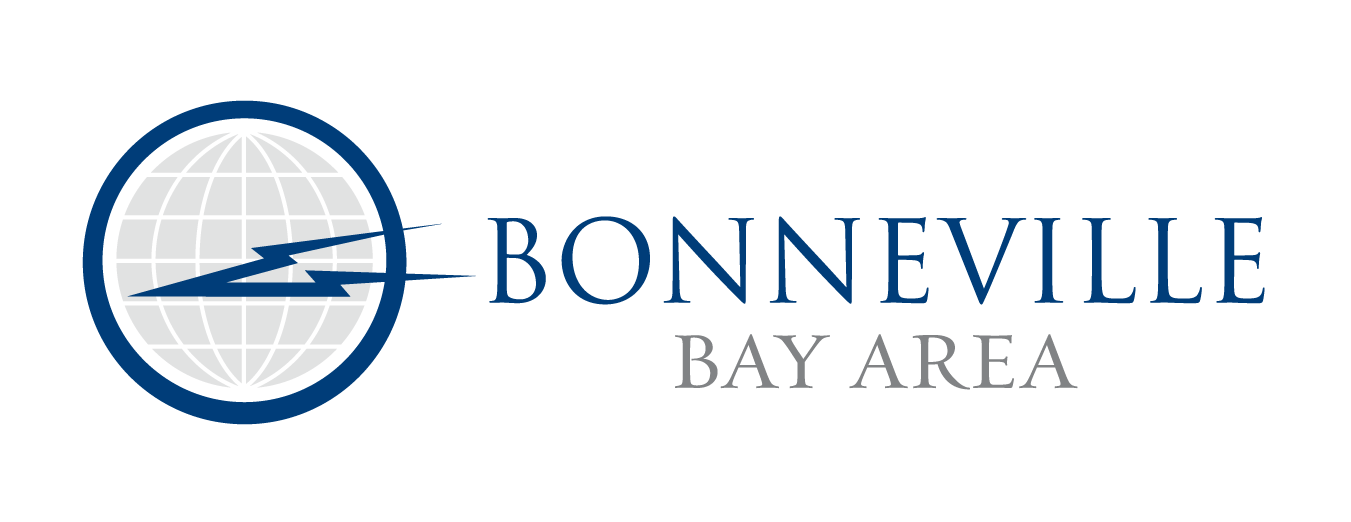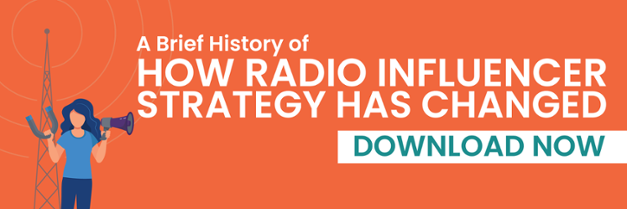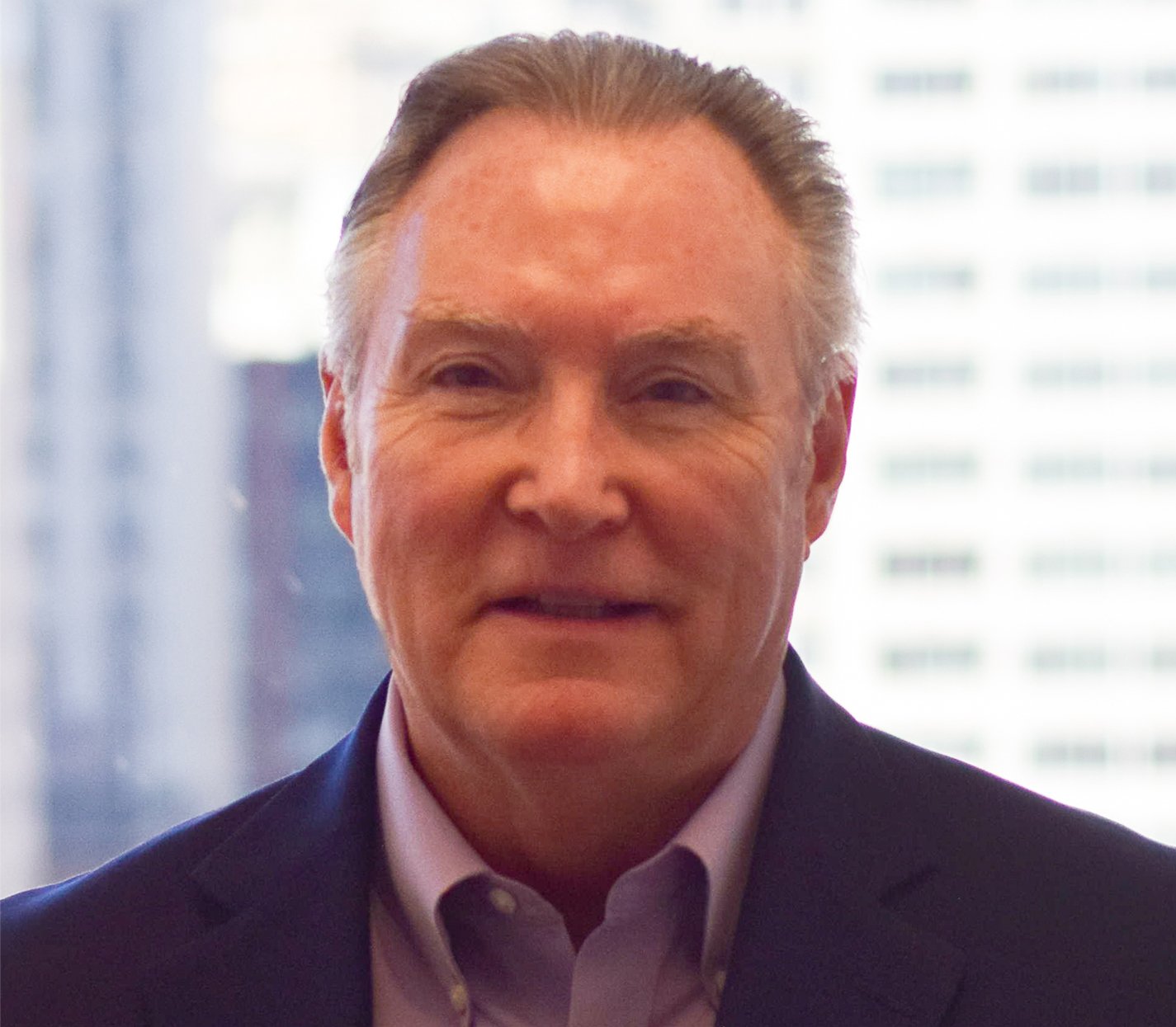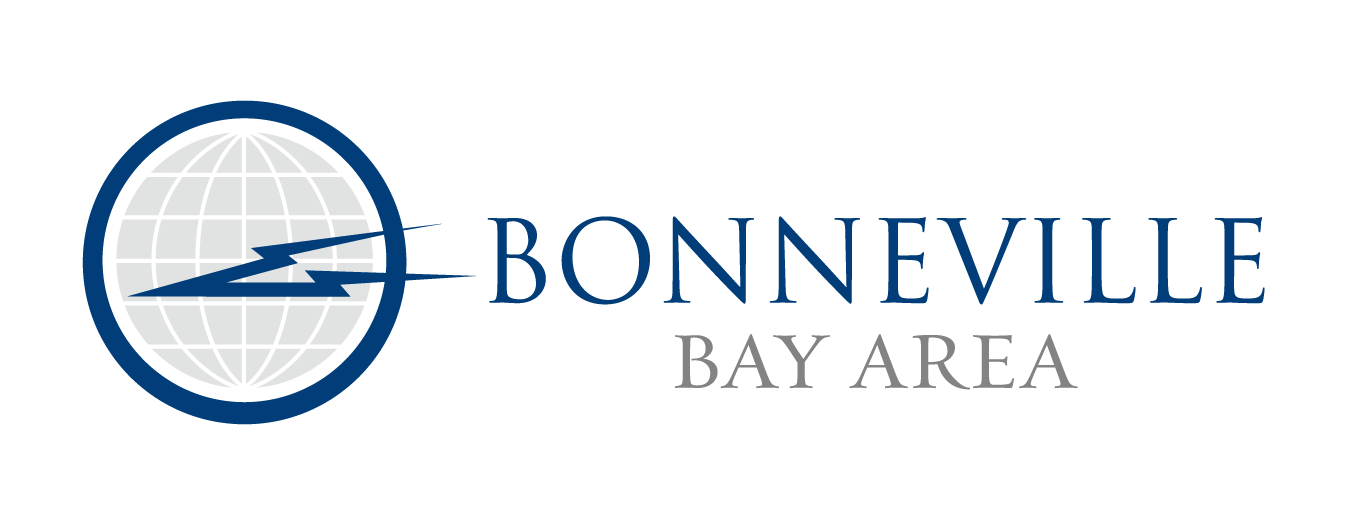.jpeg?width=2679&name=image%20(2).jpeg)
With the introduction and spread of the COVID-19 pandemic, we’re all faced with new challenges as we explore new ways to succeed with our businesses. Among these changes are an increased dependence on radio and digital media, which will continue well into 2021. As a business, you'll do well to pivot your marketing and capitalize on these changes. Consider looking at it from the perspective of the legendary hockey great Wayne Gretzky: anticipate where the puck is headed, not where it is or was.As you look to the future and plan for it, the following are some smart suggestions to maximize marketing ROI with digital and radio marketing.
1. Use Strong Creative and a Call to Action
If you want your digital and radio ads to perform well, you need to optimize your creative to appeal to viewers and listeners alike. With digital ads, incorporate messaging, animations, images, and unique color schemes that make your ads instantly recognizable as yours. Radio ads should also feature engaging content that hooks listeners with the right language and, in some cases, musical elements, jingles, slogans, and sounders like we hear with insurance companies like State Farm and Farmers.
In addition to strong creative, use a compelling call to action (CTA) for your ads. Whether through an attractive discount or another exciting offer, CTAs need to encourage people to explore your business beyond the ad. When it comes to CTAs for digital marketing efforts, you can use specific messaging and visual components to speak to your audience. Also, personalized CTAs perform as much as 202% better than general CTAs, so creating unique CTA messaging for each audience segment can establish a stronger connection.
2. Figure Out Where and How to Reach Your Target Audience
Before you develop and implement your ads, you need to make sure they reach your audience. Use the right radio stations and digital platforms where your customers are engaged, and reach them with sufficient frequency with compelling offers.
Once you've selected the right channels for your ads, be selective about your messaging. Try to find that sweet spot to get your message across without nagging the audience. If you manage to choose the right location and pinpoint when your audience is active, you can reach them at the right place and time with the right message.
3. Write Great Scripts and Use Effective Storytelling
When developing video and audio ads for digital and radio marketing, you need to work with a good script. Put together a polished script and selectively use words and stories that appeal to the target audience. Define your ideal customer and have them in mind in all aspects of your messaging.
As an example, you may want to clarify how your solutions can help your audience with a specific problem. In your radio ad, you could empathize with your audience by discussing the problems they may be experiencing, ending the ad on a positive note by suggesting your solutions. With musical cues and vocal tones, you can connect emotionally with your audience and give them the sense that your brand is there for them. Other ads may include humor (if appropriate), or other emotions, depending on the audience, offerings, and brand. Geico commercials in particular have been clever with their use of tasteful humor. Other messaging for services like healthcare may take on a more serious tone.
4. Leverage the Power of Radio Influencer and Social Media Marketing
Along with other types of influencers, radio personalities have been effective as brand ambassadors and influencers, and it’s why so many national brands also employ local radio influencers. Having a popular radio influencer work from bullet points rather than a script can come off more natural and help your brand connect with that personality's audience more effectively than a traditional radio ad.
Frequently, radio influencer marketing is greatly enhanced with social media used as a component. Social media can connect with audiences across multiple generations as well, with 90.4% of Millennials, 77.5% of Gen Xers, and 48.2% of Baby Boomers using social media on a daily basis. Many radio personalities and their stations also have social media pages with large followings, enabling you to capitalize when you combine radio and social media. Radio ads can boost your digital marketing efforts.
5. Track Key Metrics
Measure the success of your digital and radio marketing campaigns by tracking key metrics depending on your goals, including:
- Website traffic — Increased website traffic is an indicator that your ads are driving more people to your website through brand awareness at the start of the buyer's journey.
- Conversion rates — As people move down the sales funnel and you want to convert more leads, you'll want to look at the conversion rates resulting from your advertising efforts.
- Bounce rate — If your ads attract people who are actively interested in your brand and offerings, you'll likely see a decreased bounce rate as prospects stay on your website longer while they’re gathering more information about your product and services.
With well-developed radio and digital campaigns behind your brand, you can get the most from your marketing budget and attract more customers. Understanding your audience, developing strong ads, using radio influencers and social media, and tracking the right metrics based on your goals can ensure your efforts are successful. If you need assistance developing and planning your campaigns, work with a trusted media partner to increase ROI from your marketing efforts.




